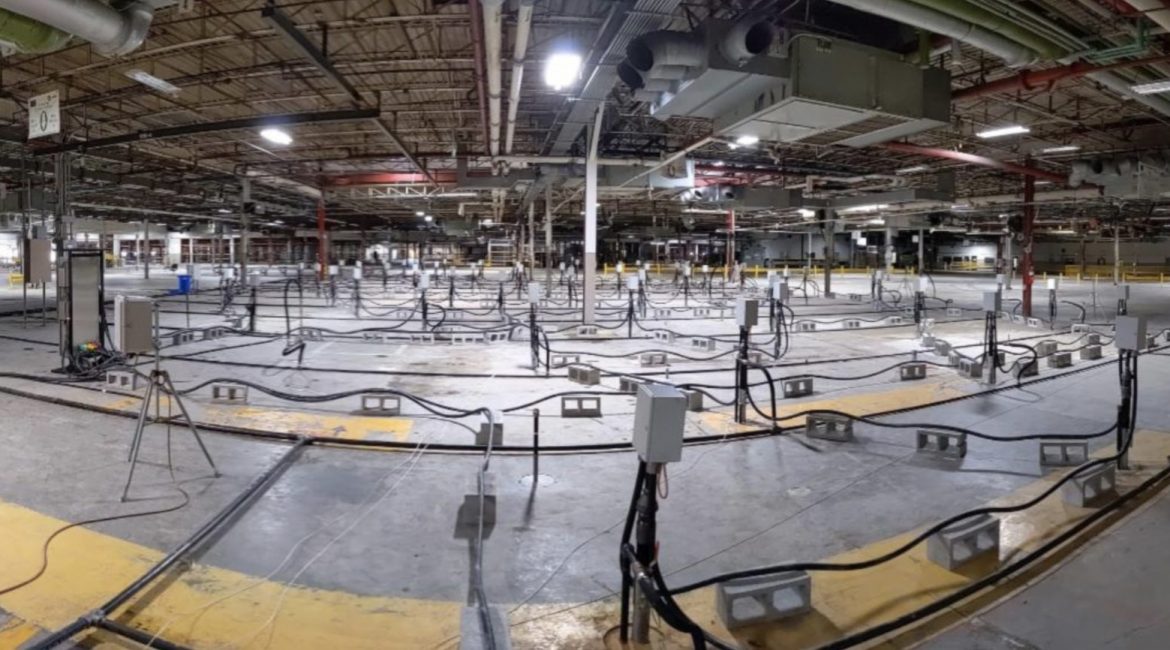In 2020, TRS’ thermal conduction heating (TCH) technology practice grew exponentially with six TCH projects contracted. Currently, our engineering and operations teams are operating and optimizing heaters at two sites: one with more than 300 heaters in China; the other a large system under a warehouse facility in Arkansas. Also, TRS’ construction team is building 200–foot long heaters to install at high degree angles at a Superfund site in New Jersey with more than 20,000 linear feet of FlexHeater® elements.
Internally, TRS’ R&D team continues to focus on TRS’ patented thermal treatment of PFAS using TCH technology. Additionally, our quality, safety, assets, and training (QSAT) team has been supporting these important TCH accomplishments in every facet.
2020 – the year TRS took off with TCH
TRS spent nearly 20 years focused on electrical resistance heating (ERH) and completed close to 170 projects. In 2016, the TRS R&D team developed new TCH technologies and introduced them to the marketplace in 2018. After only a couple years, TRS has successfully contracted, implemented, and operated a new thermal technology and continues to deliver results its customers are accustomed to experiencing. What may seem like a small shift of technology is actually more complex.
- Boreholes are different
- Heat is produced in heaters placed inside steel casings
- Power is controlled simply by adjusting the voltage
- Higher subsurface temperatures can be achieved
- Materials of construction are different
- Target constituents of concern (COCs) are often different
- Vapor and liquid treatment systems to manage COCs that may condense, crystallize, or create emulsions
Understanding these complexities, TRS’ QSAT team began an intensive training and testing program. The team, co-led by Greg Knight (Safety and Quality Manager) and Eric Maki (Principal Engineer), is focused on delivering consistent quality and safety programs for each site and technology. Over a short period of time, the TRS TCH technology team, supported by QSAT, learned how to handle the new materials, procedures, equipment, and new temperatures. Major areas of focus included:
- Drilling techniques to install smaller diameter steel casings
- Making TCH casings water–tight
- Installation of TRS FlexHeater® elements
- Different vapor treatment wells and conveyance piping materials
- Different voltage and power control systems
- Upgrades to effluent treatment systems
- Health and safety procedures for hot materials
- Operational strategies, including how to optimize heating while protecting the equipment
TRS continues to invest in its R&D program and QSAT team and remains focused on improving its thermal technologies and their application by skilled specialists.




